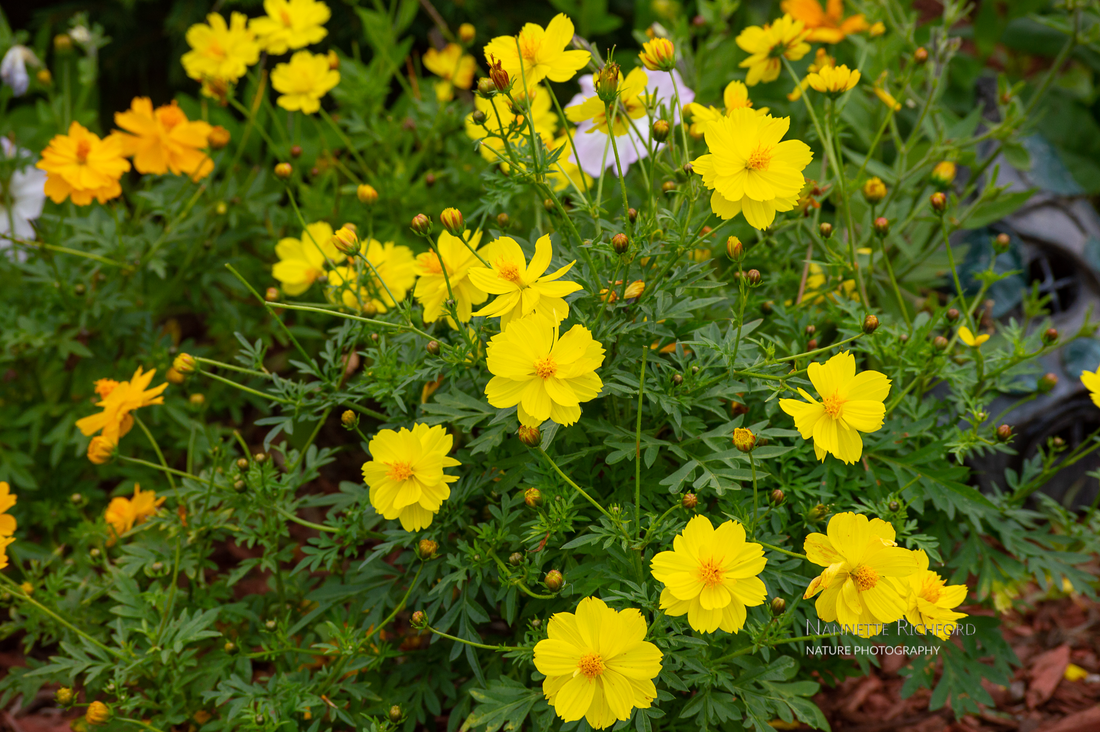How to Grow and Care for Cosmos
Cosmos are annual flowers that produce colorful blooms atop a slender stem with fern-like foliage. These daisy-like flowers come in a wide range of colors from pure white and pretty pastels to brilliant red, fiery yellow and brilliant orange and even deep chocolate.
Some, like the chocolate cosmos, are highly scented, making them suitable for sensory gardens or to line walkways where they will release their scent as you pass by. They range in height from a mere 18 inches to towering plants of 5 feet or more.
Some, like the chocolate cosmos, are highly scented, making them suitable for sensory gardens or to line walkways where they will release their scent as you pass by. They range in height from a mere 18 inches to towering plants of 5 feet or more.
Cosmos are thought to attract fairies to the garden especially if the seeds are sown in an uncultivated corner. Cosmos also attract bees and butterflies. If you want to add color and movement to your garden, try multi-colored cosmos along a fence or at the back of flower beds. Shorter varieties can be grown in the middle of the garden or in pots and containers.
The History of Cosmos
The lovely cosmos gets its name from the Greek word kosmos, meaning order and harmony. It can also mean "the world" or "the Universe." According to legend, a group of Spanish Mission Priests in Mexico cultivated these flowers and named them cosmos because of their evenly-spaced petals.
Some varieties continue to grow wild throughout Mexico and the southern United States.
Some varieties continue to grow wild throughout Mexico and the southern United States.
Tips for Growing Cosmos
- Location: Cosmos prefer full sun. Choose a sunny location that receives 6 to 8 hours of direct sunlight a day. Cosmos will grow in less light, but growth will be stunted and blooming will be inhibited.
- Soil: Cosmos aren't fussy about the soil, as long as it drains well. They tolerate poor and sandy soil.
- Planting: Plant cosmos seeds in the spring after all danger of frost has passed in your area. Sow the seeds to a depth of 1/4 inch spaced 8 to 16 inches apart. Cosmos are known for germinating quickly and well.
- Watering: Cosmos prefer 1 to 2 inches of rain a week, but will tolerate drought. Water them once or twice a week to saturate the soil to the root level.
- Fertilizer: Fertilize cosmos sparingly as they do not require supplemental fertilizer. Too much fertilizer may cause the foliage to flourish and prevent the plants from producing showy blooms.
- Deadheading: Deadhead old or faded blooms to encourage the plants to produce new blooms.
Whether you are looking to attract the wee fairies to your garden or just enjoy these colorful flowers with their lacy foliage, cosmos are a great choice to add color and movement to any garden.
